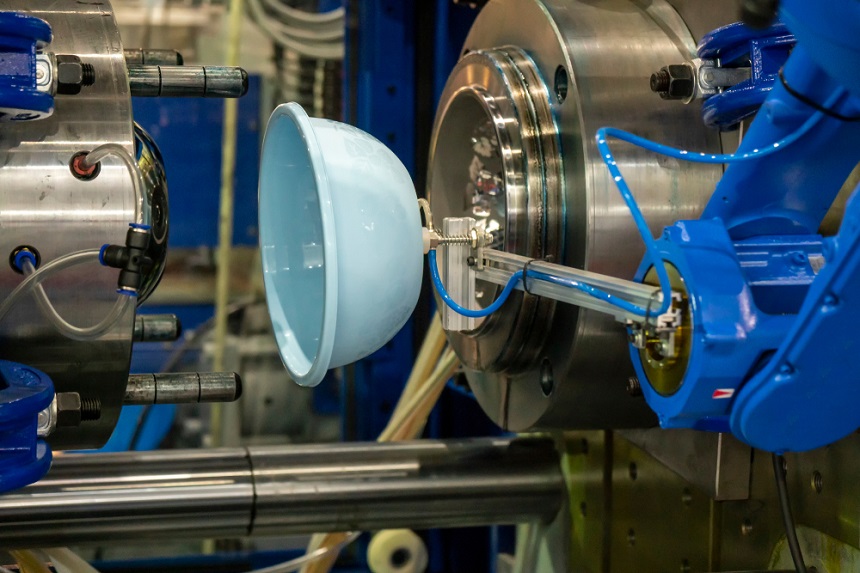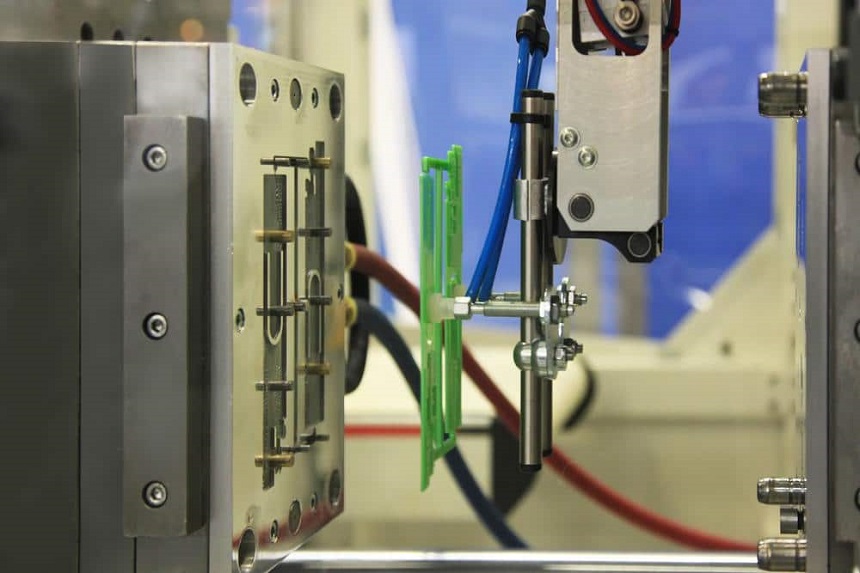What is The Difference Between Plastic Blow Molding and Plastic Injection Molding in Manufacturing?

There are many factors that go into choosing the right process for your plastic product. Plastic blow molding or plastic injection Molding are just two options that may be suitable for your project. We will discuss each process in this blog, as well as their role in manufacturing.
Blow molding and injection molding are two different processes that produce different types of plastic parts. Understanding the differences between the two can save you time and money during the design and manufacturing process.
Plastic Blow Molding
Plastic blow molding is a cost-effective way to make hollow products. However, it does have its limitations. Because of this, the process is limited to certain applications. One of the main issues is air leaks. As a result, it’s important to monitor air leaks during the production process.
Blow molding is useful for making hollow containers and flexible structures. Its advantages are its flexibility and minimal waste. But the disadvantages include high processing requirements and high costs.
Plastic bottles are the most common plastic blow molding product. This type of manufacturing process has long been the standard for certain applications.
Plastic Injection Molding
Plastic injection molding requires precision-engineered molds. It also utilizes the process of melting plastic resin pellets inside the barrel. The process is suitable for hard and soft plastics. Unlike blow molding, it is ideal for complex part geometries.
Injection molding is a specialized form of plastic production, combining scientific and scientific molding with precision tooling. It is suitable for manufacturing complex, high-strength parts. This process also eliminates the need for further assembly processes.
Injection molding is commonly used for hollow parts and containers. It’s suitable for applications such as automobile parts and medical devices.
Blow molding, on the other hand, is used for a variety of consumer goods. Products produced by this process are often cheaper because of lower equipment costs and energy requirements.
While both processes can create complex, hollow plastic parts, there are several differences. One important distinction is the wall thickness of the final product. For instance, a part manufactured through the injection molding process may be thicker on the inside, but thin on the outside.

Generally, injection molding is the more sophisticated of the two, as it involves a precision mold. It is also suitable for producing high volumes of parts in parallel.
The other notable feature of injection molding is the fact that the flow of material can be controlled. Compared to blow molding, which uses air, it is easier to control the flow of resin, especially in smaller and detailed components.
The Role in Manufacturing
Both processes use high-pressured air to create hollow products. Each type has its own advantages and disadvantages. Depending on the part’s shape, function, and application, the choice between the two should be based on a clear understanding of your product’s needs.
Plastic blow molding is a manufacturing process that uses a heated, molten plastic to form hollow parts and containers. Blow moulding is a cost-effective alternative to injection moulding and has a wide range of applications.
The process starts with a preform, which is a tube-shaped piece of plastic. It is then molded to the shape of a die.
After the preform is shaped, air is blown into the tube to inflate it. Once it has reached the desired shape, it is cooled and ejected from the mold.
There are several types of blows molding processes, including coextrusion, injection, extrusion, and forced extrusion. Each of these has its own advantages and disadvantages.
Blow molding can be used for a variety of products, including hollow containers, toys, children’s items, and glass bottles. In addition, it can be used to develop customized parts for specific needs.
Polyethylene is the most common material used for blow molding. It is inexpensive, odor-free, and has excellent impact and heat resistance.
Other materials can be used for the process. Some are better than others. For example, polyamide has high impact strength and abrasion resistance.
Another type of plastic is polycarbonate. It has good electrical and water barrier properties, as well as transparency.
A third type of blow molding is stretch blow molding. This process is especially suitable for large products.
The Bottom Line
If you are looking to manufacture plastic parts, you may be wondering which manufacturing process is better: injection molding or blow molding. These two processes produce a variety of different products. Understanding which one is best for your needs can save you money and time. If you choose to get plastic injection molding done, contact PTMS TODAY!
